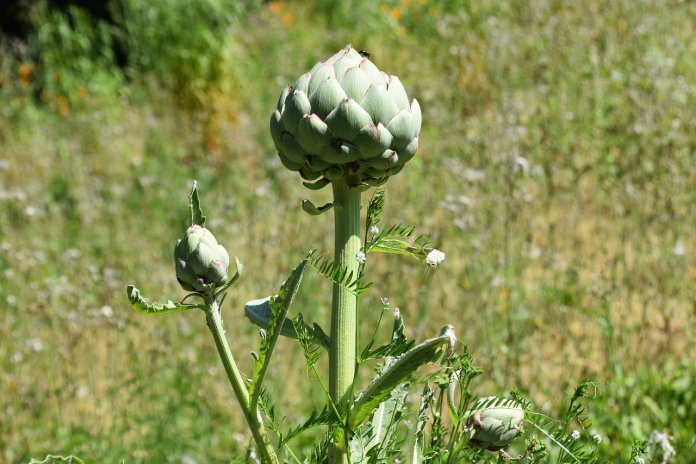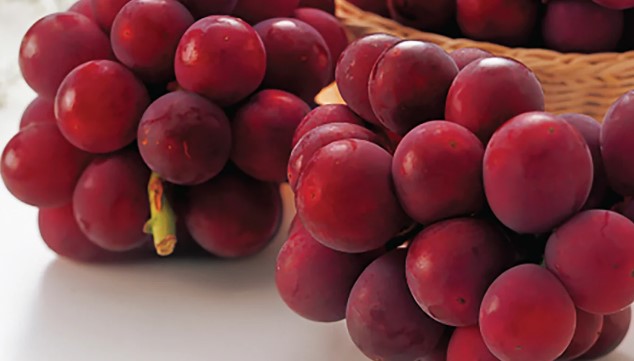If you ask any Frenchman about Artichokes Plant, he will tell you, that Artichokes are the friend of the liver. Its extracts from this vegetable feature prominently — as do those of the dandelion — in bitter alcoholic drinks intended to stimulate the appetite or soothe the troubled liver after an evening’s excess at a table or bar.
Three Frenchwomen, specialists in pharmacy, published a study of plants used in modern medicine. They listed no less than 51 different pharmaceutical preparations based on the leaves of this plant. The active compound that seems to be chiefly responsible is a bitter principle called cynarine. That acts powerfully on the liver to promote the flow of bile and stimulate liver cell regeneration.
An extract of the leaves rich in cynarine is prescribed for impaired liver function, jaundice, and related problems. These healing powers are rigorous mainly in the leaf, and when you buy artichokes in a continental marketplace. Mostly they are sold complete with stems and leaves for those who wish to avail themselves of this exceptional natural medicine.

The globes, too, share some of this curative potential, making it a superfood for anyone with liver or digestive issues. The artichoke is also a friend to the heart. In European folk medication, it’s used to treat high blood pressure and ward off heart attacks. Also, studies have shown a diverse cholesterol-lowering ability, as well as a marked diuretic effect.
All these qualities make it one of the great purifying and detoxifying plants, particularly useful for those with rheumatism, arthritis, or gout. In Italy, tender young artichokes are often eaten raw, when their taste is fresh and piquant, with olive oil and lemon dressing. Eaten raw, their healing powers are greatly enhanced, and according to Dr. Vogel, a period of only two or three days is quite sufficient to furnish convincing proof of their efficacy as a liver remedy.
The popularity of artichoke today has led many food writers and food historians to seek its roots in the classical world. In Romania, tea is made with Artichoke Plant. This herbal tea is called “Ceai de Anghinare or Artichoke Tea”.
Some European botanists believe that both artichokes and cardoons were derived from a wild perennial herb sometimes known as “wild artichoke” (Cynara cardunculus var. silvestris), which grows in Southern Europe and North Africa. American taxonomists, on the other hand, thought that there were two distinct species, cardoon (C. cardunculus) and artichoke (C. scolymos).
Other botanists consider the globe artichoke to be a cultivated form of cardoon. The wild species of cardoon is of medium size, growing size to 3 feet. The genus Cynara L. (Asteraceae) comprises thistles characterized by large spiny leaves and flower heads.

The artichoke was derived from the wild cardoon through a process of cross-fertilization, a technique already well-known and well-practiced in the Middle East. Although some authors claim that the artichoke was developed by Italian horticulturalists in the fifteenth century, their argument is not compelling.
In addition, evidence from genetic research as well as from the historical and linguistic records heavily supports the notion that Arab or Arab-influenced cultivators developed the artichoke from the cardoon in Sicily in the early medieval period.
It has many thorns, and its flowers are much smaller than those of the globe artichoke. The cultivated leafy cardoon (C. cardunculus var. altilis) is very different from the original form of the vegetable. It is much taller than 7 feet, with fleshier leaves and fewer thorns. Cardoons look even more unusual when they arrive nowadays in markets because they have been unnaturally blanched, like endives.







